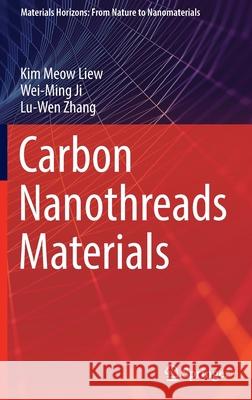Carbon Nanothreads Materials » książka
topmenu
Carbon Nanothreads Materials
ISBN-13: 9789811909115 / Angielski / Twarda / 2022 / 318 str.
Carbon Nanothreads Materials
ISBN-13: 9789811909115 / Angielski / Twarda / 2022 / 318 str.
cena 644,07
(netto: 613,40 VAT: 5%)
Najniższa cena z 30 dni: 616,85
(netto: 613,40 VAT: 5%)
Najniższa cena z 30 dni: 616,85
Termin realizacji zamówienia:
ok. 22 dni roboczych
Dostawa w 2026 r.
ok. 22 dni roboczych
Dostawa w 2026 r.
Darmowa dostawa!
This book describes carbon nanothreads with complete and comprehensive knowledge covering theories, numerical methods, and properties comparisons with other carbon-based nanomaterials. For one thing, the main theoretical aspects in this book include: First-Principle Calculation, Density Functional Theory, Classical Molecular Dynamics Simulation, Non-equilibrium Molecular Dynamics Simulation, and Coarse Grained Simulation. For another thing, the main research contents include: Fundamental Mechanical Properties; Fracture Characteristics; Electronic and Magnetic Properties; Thermal Properties; Reinforcement in Polymer Composites; and other promising applications in engineering. The target of this book is to provide to many researchers the available theoretical and numerical methods, and useful computational results of carbon nanothreads for reference.
This book can be used as a comprehensive source for scientists, academics, researchers, and engineers in various areas of engineering, physical sciences, and computational modeling. In order to achieve this target, the book introduces the microstructure information of carbon nanothreads and the modeling details at full length. The tunable mechanisms of physical properties of carbon nanothreads are discussed in detail, which enable integration of these nanoscale components into high-order structures for “bottom-up design” purpose. The revealed reinforced mechanisms of carbon nanothreads in polymer composites can provide theoretical guidance for engineering design of advanced polymer composites.











